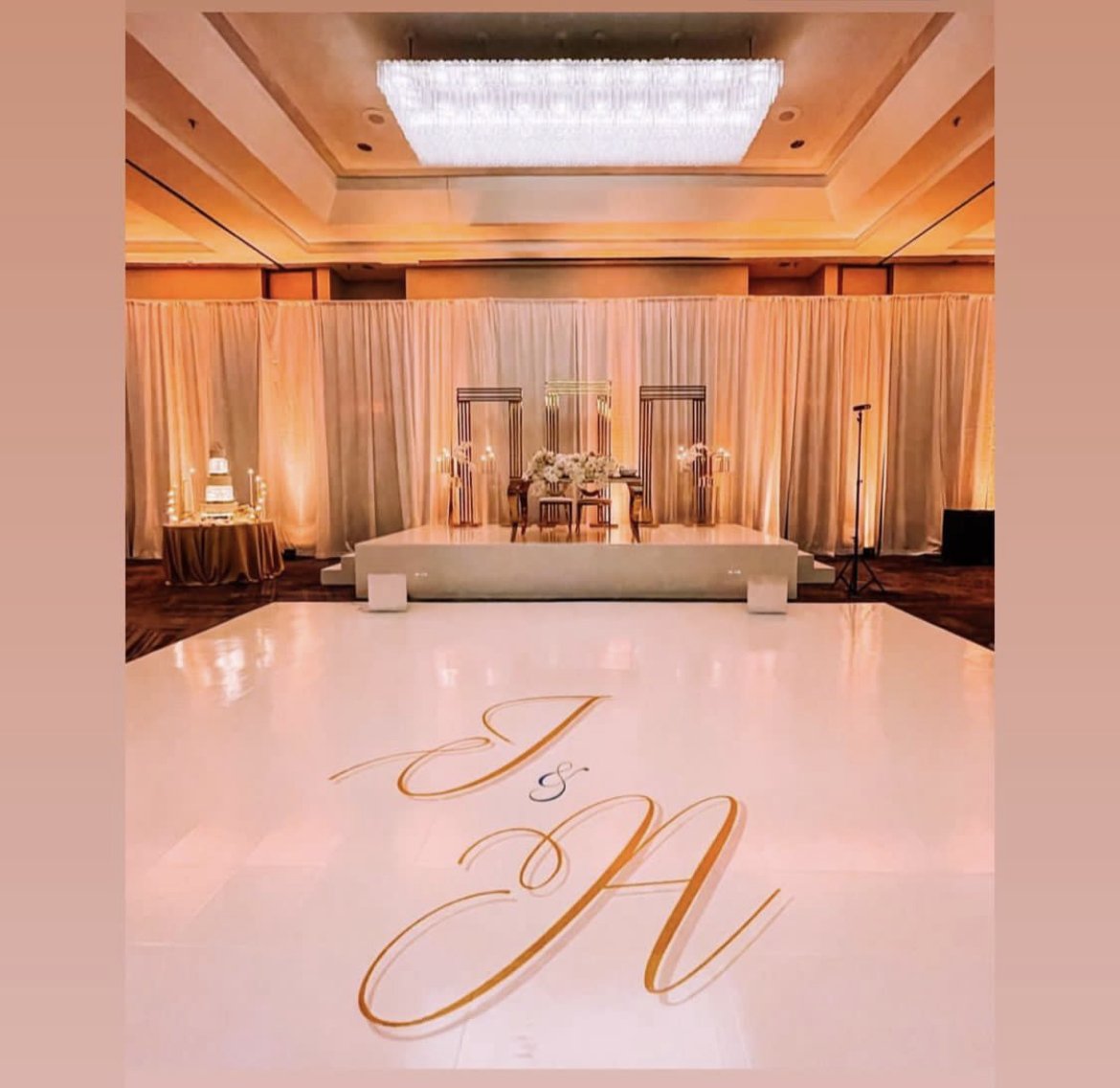Exploring the Versatile Materials That Convert Dance Surfaces into Stunning Visual Displays
Exploring the Versatile Materials That Convert Dance Surfaces into Stunning Visual Displays
Blog Article
Movement surfaces have evolved considerably over the years, becoming more than just a space to move to music. Currently, they are converted into breathtaking aesthetic encounters through the use of multiple substances and technologies. These materials not only improve the visual appeal of the area but also improve the overall encounter for performers and audiences alike. Understanding the flexible substances that contribute to these dynamic environments can provide understanding into the art of dance floor creation.
One of the primary frequent materials used in modern dance floors is LED illumination. Light-emitting diode lamps are energy-efficient and can produce a wide variety of colors and impacts. They can be integrated in the floor itself or used as part of a lighting system above the dance floor. This innovation allows for coordinated light shows that can alter in reaction to the melodies, creating an immersive experience. The ability to configure these lamps means that they can be tailored to fit different themes or atmospheres, making each occasion distinct.
Another important material is mirror-like materials, such as mirrors or shiny tiles. These surfaces can create an illusion of area and depth, making the dance floor seem larger than it is. When dancers dance, their images can add an additional layer of visual appeal, enhancing the overall show. Additionally, reflective materials can engage with lighting impacts, amplifying the hues and patterns displayed on the floor. This fusion of illumination and reflection can captivate spectators and boost the vitality of the event.
In addition to illumination and reflective substances, the use of electronic screens has become progressively common in dance floor wraps for music festivals dance floor design. These screens can show lively visuals, graphics, or even real-time feeds of the performance. By integrating electronic technology, event planners can create a multi-sensory experience that involves both the dancers and the audience. The capability to change visuals in actual time allows for a dynamic atmosphere that can adapt to the beat and vitality of the music, making each moment feel new and thrilling.
Furthermore, the selection of surface material itself plays a crucial role in the complete encounter. Traditional wooden dance floors are still favored for their durability and functional qualities. However, more modern materials like synthetic and elastic are gaining popularity due to their flexibility and simplicity of maintenance. These materials can provide superior impact absorption, minimizing the chance of harm for performers. Additionally, they can be crafted with various patterns and hues, allowing for artistic expression in the dance floor's appearance.
In conclusion, the evolution of dance floors into breathtaking aesthetic encounters relies on a combination of innovative substances and techniques. LED lighting, reflective surfaces, electronic screens, and customized flooring materials all contribute to creating an captivating setting for performers and audiences. As technology continues to progress, the opportunities for enhancing dance floor design will only grow, making upcoming events even more captivating and unforgettable. Comprehending these materials helps value the craftsmanship involved in creating spaces where movement and melodies come together harmoniously in harmony.